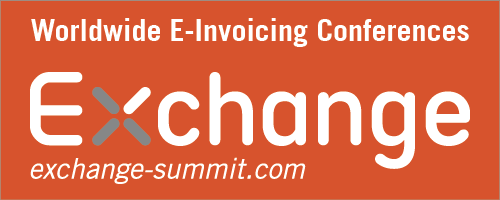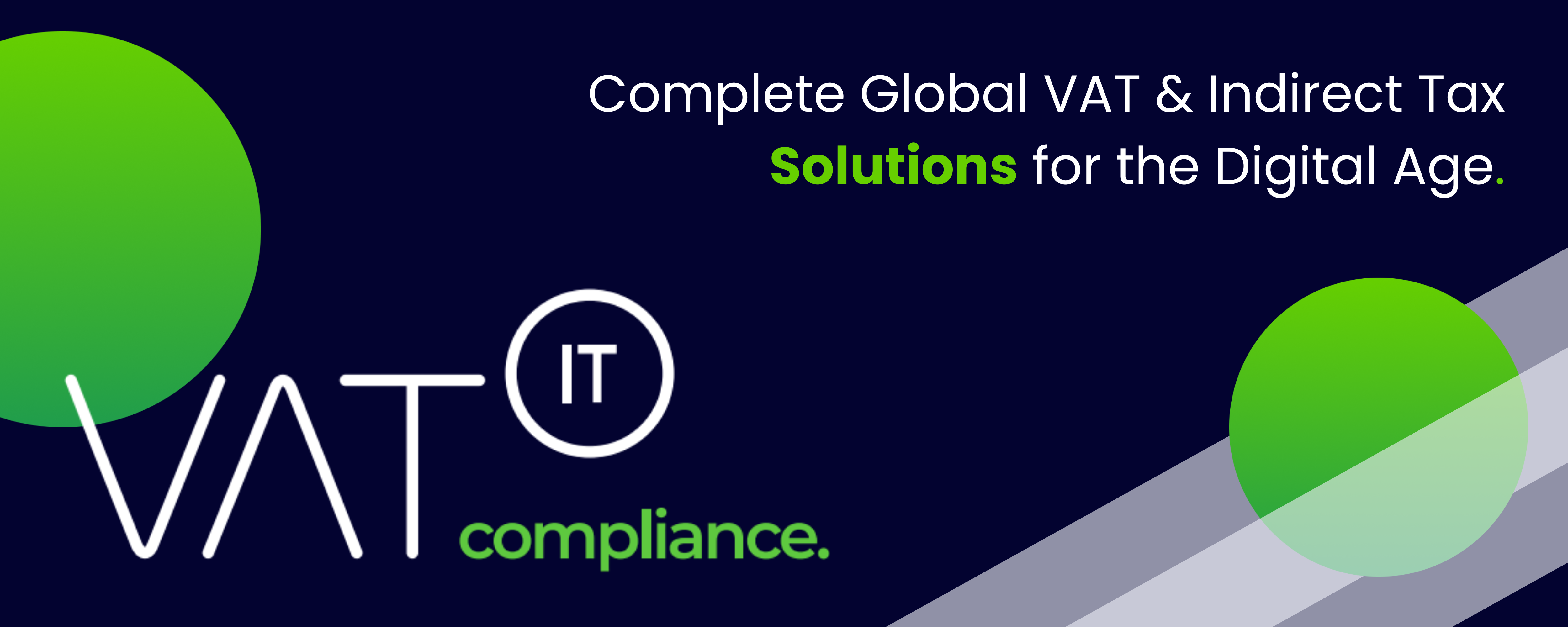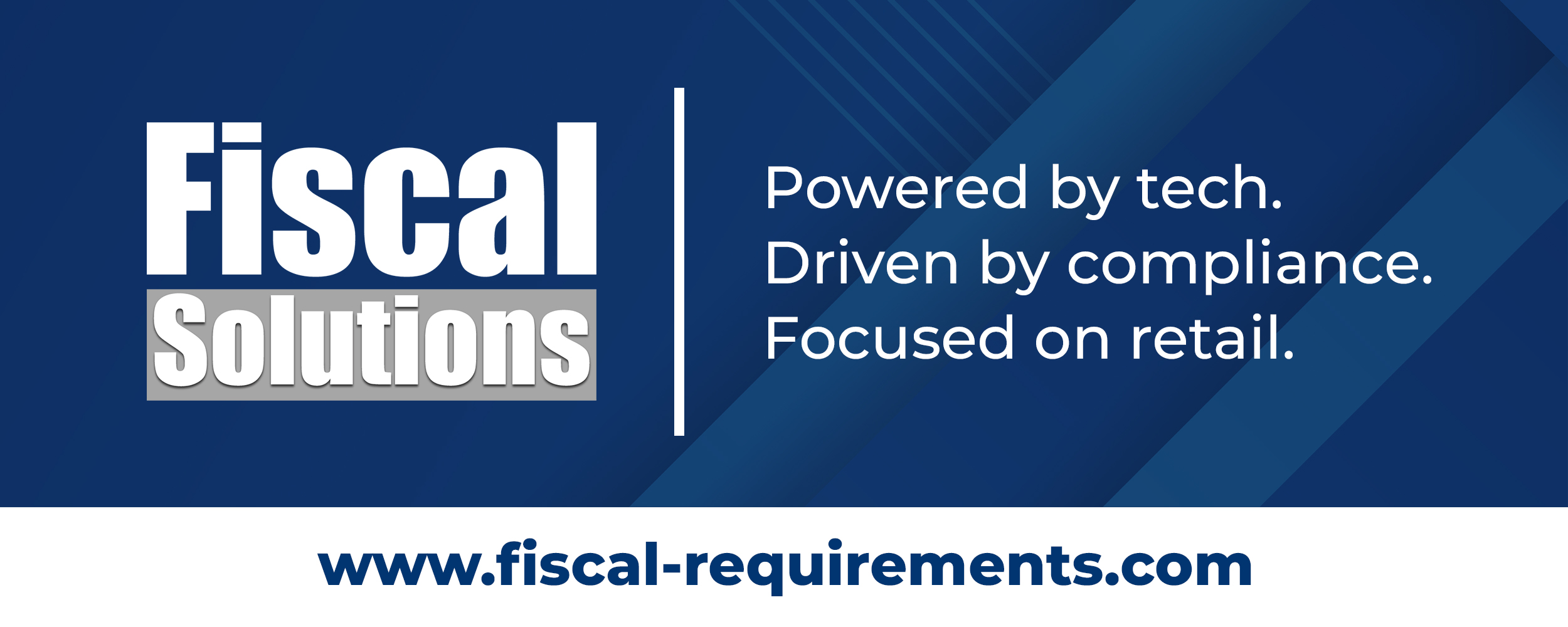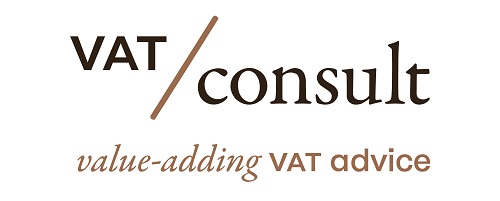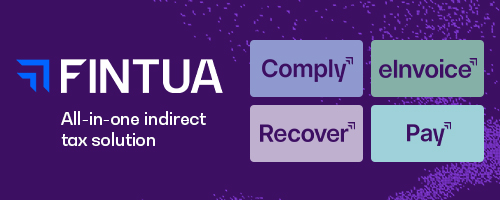- Electricity Generation: The supply chain begins with the generation of electricity from various sources, including renewable (solar, wind) and non-renewable (coal, natural gas) energy.
- Transmission and Distribution: Once generated, electricity is transmitted over high-voltage lines to substations and then distributed through lower-voltage lines to residential, commercial, and charging station locations.
- Charging Infrastructure: Electric vehicle (EV) charging stations are strategically installed to facilitate convenient access for EV owners, utilizing different charging levels (Level 1, Level 2, DC fast charging).
- Grid Management: The integration of EV charging into the electrical grid requires efficient load management to ensure stability, balance supply and demand, and optimize energy use.
- Consumer Interaction: EV owners engage with charging networks through apps and services, influencing charging patterns and contributing to the overall efficiency of the electricity supply chain.
Source MDDP
See also
- C-60/23 (Digital Charging Solutions) – Judgment – Charging electricity for electric vehicles at public points is a supply of goods
- C-235/18 (Vega International) – Judgment- Financing in advance purchase of fuel is an exempted financial service
- VAT Committee – WP 1067 – Case C-235-18 Vega International – Fuel cards
- Presentation VAT Expert Group – Fuel cards subgroup – Case C-235/18 Vega International
- Conclusion of the EU Commission Services as regards the VAT treatment of the supplies of fuel cards
- Join the Linkedin Group on ECJ VAT Cases, click HERE
- VATupdate.com – Your FREE source of information on ECJ VAT Cases
Latest Posts in "European Union"
- Impact of New EU VAT Framework on Italian Distance Sales and Imported Goods
- CJEU to Rule on Danish VAT Group Ownership Law Compatibility with EU Directive
- EU Mandates Textile EPR: Brands Must Adapt to New Waste Framework Directive
- AG’s Opinion in Lyko Case: New Perspectives on VAT Treatment of Loyalty Programs
- VAT Compliance for Online Sellers: Essential Tips for Digital Goods




